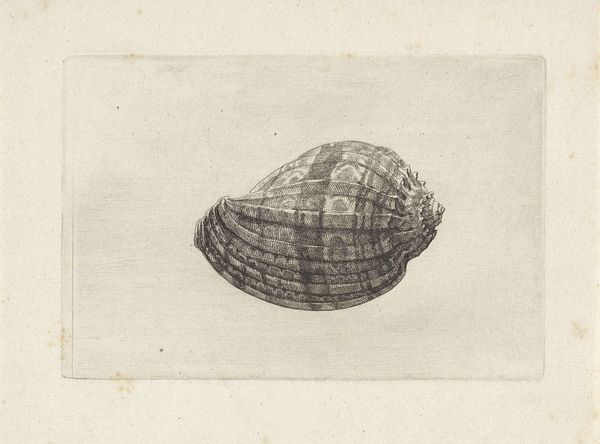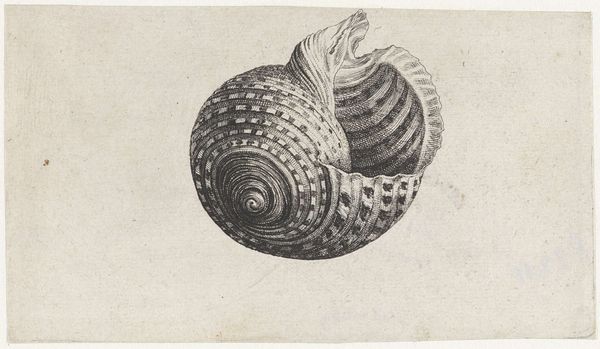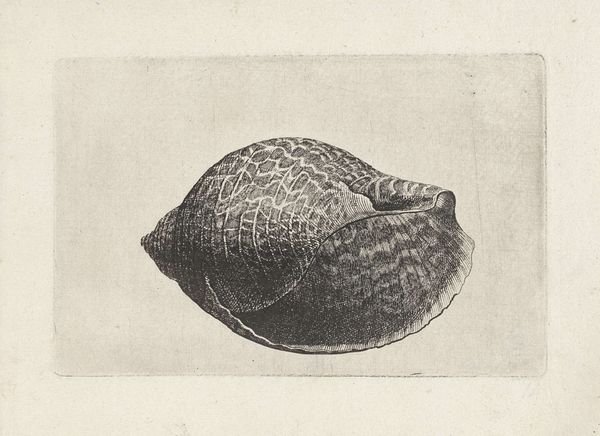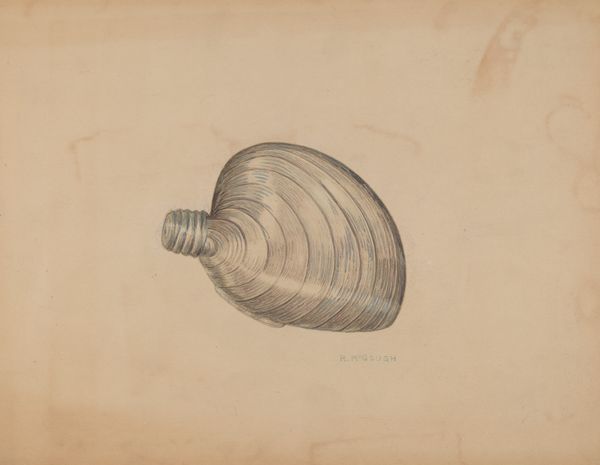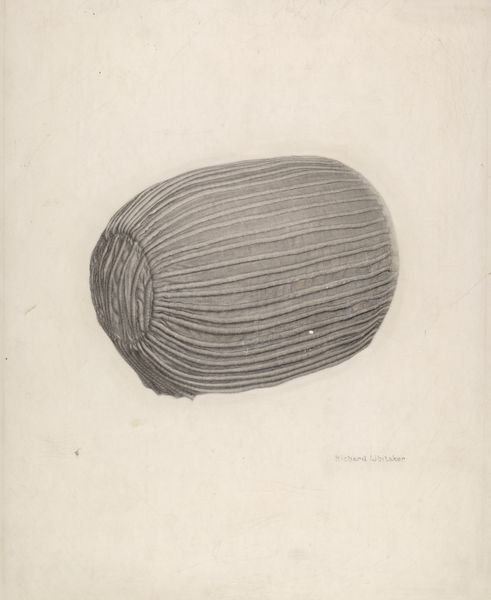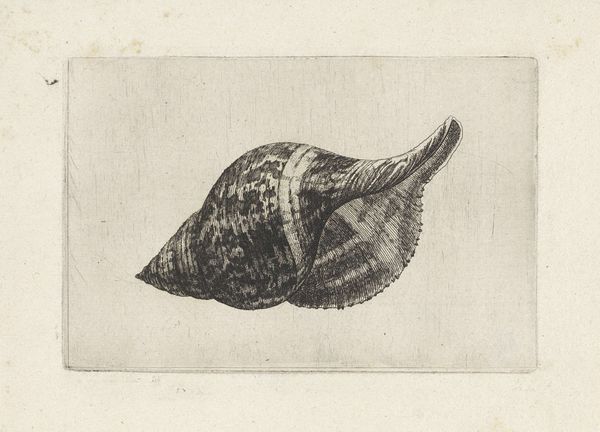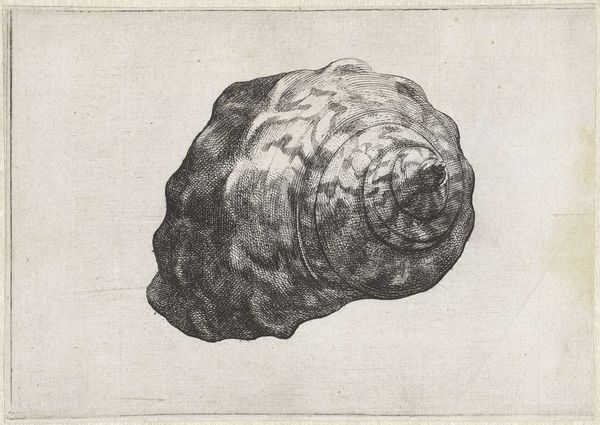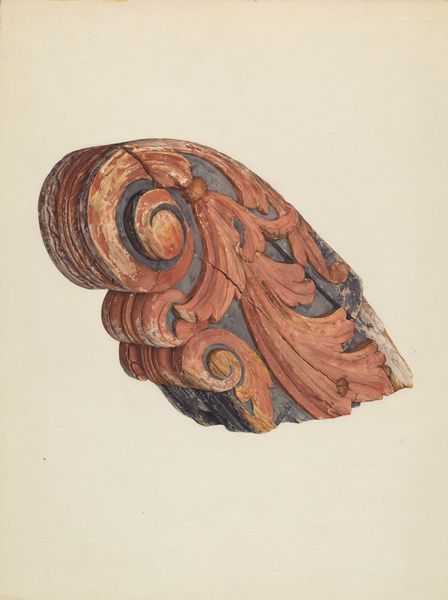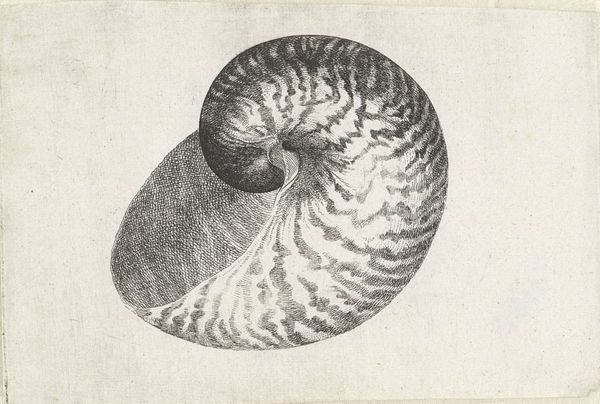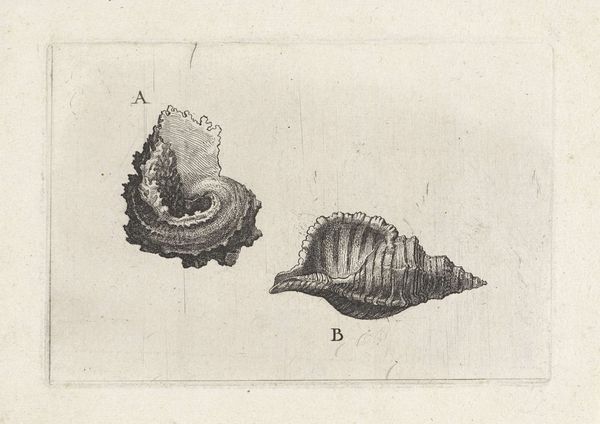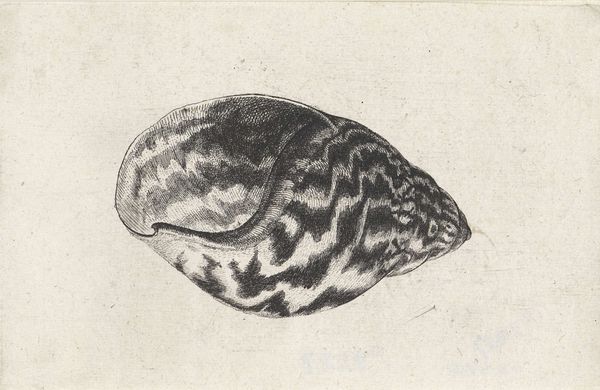
print, engraving
#
baroque
# print
#
old engraving style
#
form
#
geometric
#
line
#
engraving
#
realism
Dimensions: height 97 mm, width 147 mm
Copyright: Rijks Museum: Open Domain
Curator: Ah, here we have Wenceslaus Hollar's "Schelp, tonna galea," an engraving dating back to the mid-17th century. It's part of the Rijksmuseum's collection. Editor: My first thought? So meticulously… restrained. All that potential for fluidity, and it's trapped in this rigid linearity. Almost claustrophobic. Curator: I find that observation fascinating, given Hollar's approach to representing form through the meticulous layering of line. Note how he uses cross-hatching to delineate light and shadow, giving the shell a three-dimensional presence on the two-dimensional plane. Editor: Precisely! He's rendered the *idea* of the shell, not the visceral reality of it. The geometry is so… determined. I yearn for a hint of decay, some imperfection to break the shell's perfect curve. Curator: But isn't that the very point? The engraving highlights the shell's inherent geometric elegance. Consider the Baroque interest in the natural world as a reflection of divine order. Hollar's piece seems to investigate this idea in a focused, scientific manner. Editor: Maybe, but give me a shell that feels like it's been kissed by the sea, you know? Salt-worn and singing. This one is so controlled. Does it even whisper of the ocean, or just shout about ratios and golden spirals? Curator: A valid point. Hollar was, after all, known for his precise and detailed depictions of the natural world, reflecting the scientific spirit of his time. His concern was clearly accuracy of representation. Editor: I suppose even precision can be beautiful in its own way. And the sheer dedication… to spend so long rendering such minute details, line after painstaking line. Maybe it’s not coldness, but devotion, captured in ink. Curator: A perspective I value. Hollar invites us to appreciate the beauty of structure. His rigorous approach gives insight into a mathematical elegance present within the organic world. Editor: Well, I’ve definitely warmed to it a little. It's grown from sterile to simply…quietly obsessed. Which has its own charm, I suppose. Curator: It’s a reminder of how art can provide varied insights. Hollar challenges us to find beauty and order where we may least expect it.
Comments
No comments
Be the first to comment and join the conversation on the ultimate creative platform.
